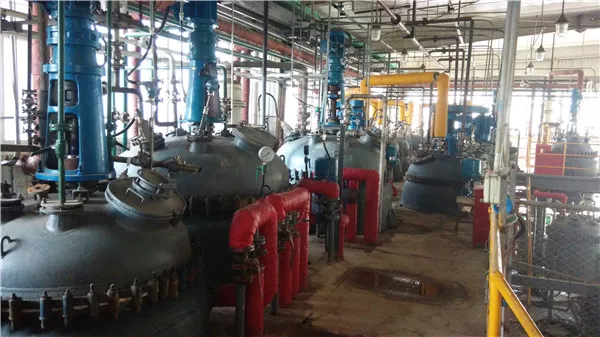The Role of Chemicals in Municipal Water Treatment
Municipal water treatment is a critical process aimed at ensuring that the water supplied to households and businesses is safe for consumption and use. Water treatment plants employ various methods, including physical, biological, and chemical processes, to remove contaminants. Among these, chemical treatment plays a vital role in purifying water and ensuring it meets health standards. This article explores the primary chemicals used in municipal water treatment, their purposes, and the importance of each in the overall treatment process.
Coagulation and Flocculation
One of the first steps in water treatment is coagulation, where chemicals are added to destabilize suspended particles. The most common coagulants used are aluminum sulfate (alum) and ferric chloride. These chemicals bind with particles like dirt, bacteria, and organic matter, forming larger aggregates called flocs. This process enhances the efficiency of subsequent sedimentation and filtration steps, as larger flocs settle more easily.
After coagulation, the water undergoes flocculation, where gentle mixing encourages the formation of larger flocs that can be removed in the next stages. Polymers may be added during this stage to improve floc formation and settling characteristics.
Sedimentation and Filtration
Once coagulation and flocculation are complete, the water moves to the sedimentation basin, where gravity helps separate the floc from the water. After sedimentation, the water typically passes through a series of filters, which can be made of sand, gravel, or activated carbon. Although primarily physical processes, some chemical adjuncts may enhance the filtration process, such as ozone for breaking down organic material and improving taste and odor.
Disinfection
what chemicals are used in municipal water treatment

Disinfection is one of the most crucial steps in ensuring water safety. Various chemicals are used to kill or inactivate pathogens present in the water. Chlorine is the most widely used disinfectant due to its effectiveness and residual properties—it remains in the water to provide ongoing protection. However, chlorine must be carefully managed, as it can react with organic compounds, forming disinfection byproducts (DBPs) that are potentially harmful.
To mitigate this risk, some municipalities use chloramine, a compound created by combining chlorine with ammonia. Chloramine has a longer-lasting effect and creates fewer DBPs, but it may not be as effective against certain pathogens. Alternative disinfection methods include ultraviolet (UV) light and ozone, both of which do not leave harmful residues.
pH Adjustment and Corrosion Control
Maintaining the appropriate pH level in treated water is vital for preventing corrosion in pipes and ensuring the effectiveness of disinfectants. Sodium carbonate or sodium hydroxide may be added to increase pH, while sulfuric acid can reduce it if necessary. Moreover, to minimize the leaching of metals into the water from pipelines, inhibitors such as orthophosphate may be used. These chemicals form a protective layer on the pipe surfaces, preventing corrosion and ensuring water quality.
Advanced Treatment
In recent years, many municipalities have begun implementing advanced treatment processes to remove specific contaminants, including pharmaceuticals and endocrine-disrupting compounds. Techniques such as advanced oxidation processes (AOPs) use strong oxidants like hydrogen peroxide or ozone in combination with UV light to degrade these pollutants.
Conclusion
The importance of chemical treatment in municipal water treatment cannot be overstated. The various chemicals involved in coagulation, disinfection, pH adjustment, and advanced treatments work together to ensure that water is not only safe for consumption but also tastes and smells pleasant. As water quality regulations continue to evolve and public awareness increases, municipalities must adapt their treatment practices and explore new technologies. This ongoing commitment to water safety and quality will ultimately protect public health and the environment for generations to come.

